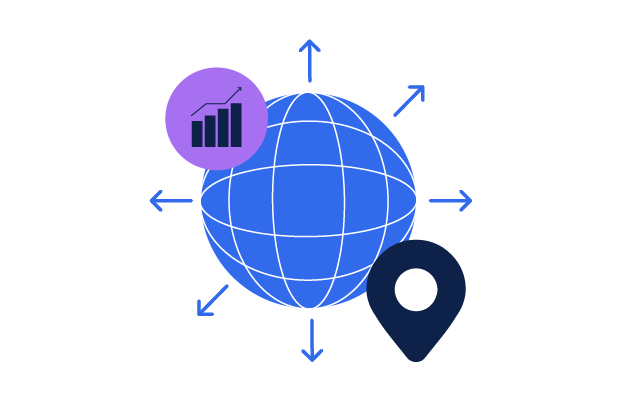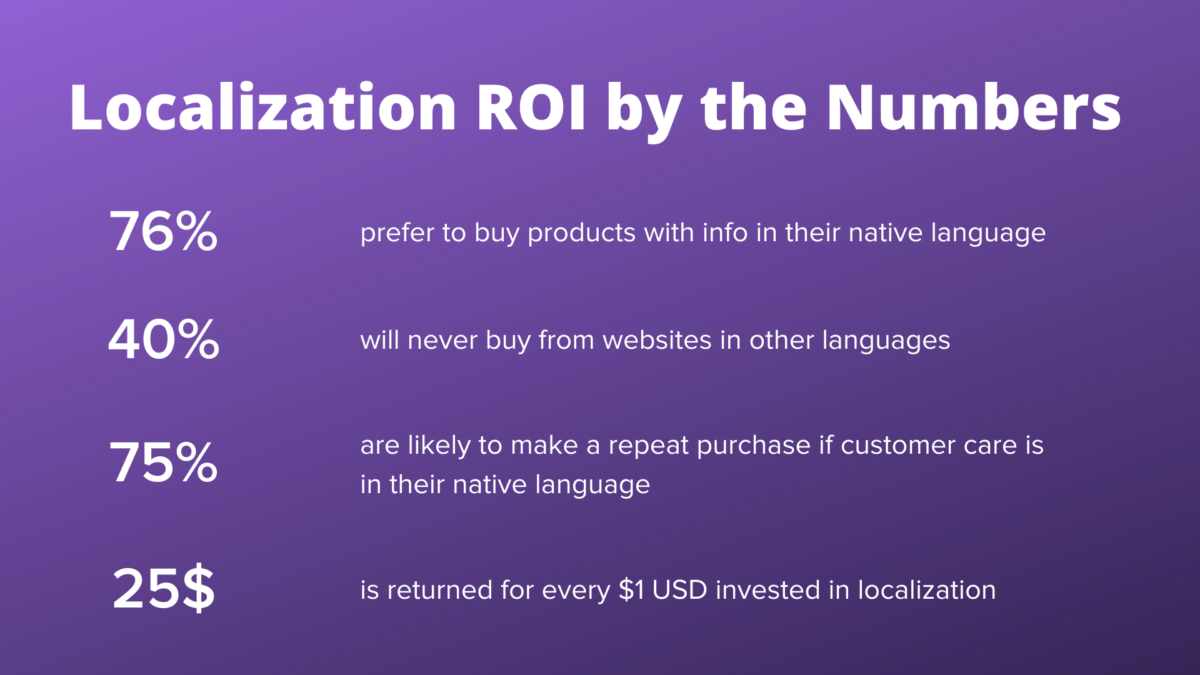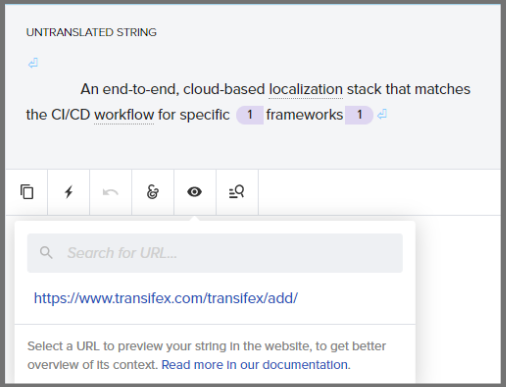
Localization And Global Expansion: How To Grow your Brand
- Why Localization Matters For Global Expansion
- Building Elements Of Localization
- Localization Objectives And Challenges
- Lack of Necessary Resources
- Manual Processes
- Conducting Market Testing
- 5 Things To Consider When Formulating Your Localization Strategy
- Quality Of Translations
- Cultural Relevance of Content
- Technical Information on the Product
- SEO
- Don't Just Tick the Boxes - Build Trust
- Top Localization Tools Your Team Needs To Work Effectively
- Final Thoughts
Global expansion is not just for multinational brands – whether you are a regional startup or a high-tech company – expanding internationally can prove beneficial for your business irrespective of its size.
If you have been planning to go international with your company, building a proper localization strategy can boost your market expansion. In this article, we discuss everything you need to know about localization and how you can achieve the same for your business.
Why Localization Matters For Global Expansion
The best way to ensure growth for your business is through market expansion. Reaching new customers means increased brand visibility and sales.
When entering new regions, understanding the cultural and language factors governing the market and the audience is essential. This is where localization comes into play – rebranding your products or services to suit the taste and needs of a specific market to build authority and trust at their local level– and ultimately grow globally.
People prefer brands that share their local language. In fact, here are a few interesting stats to show the consumer behavior towards localization:
- 72% of customers agree that they are more likely to purchase from websites in their local language.
- 87% of consumers won’t buy items from websites with only English content.
- 86% of localized ads proved to have greater click-through and conversion rates than their English counterparts.
This is also the reason why more and more brands are opting for localization strategies to capture global markets. The 50 biggest SaaS companies currently offer localized content in 11 different languages on average. Interestingly, this number goes up as the market cap of the related companies increase.
Building Elements Of Localization
Localization is built with a clear motive: breaking down the language and cultural barriers of a new market and expanding as one of its own, which leads to global expansion. To simplify it, the localization process can be further broken down into three main building blocks:
- Determining the cultural relevance of your brand in the specific regions and optimizing the campaigns as per their sentiments.
- Providing an authentic linguistic experience with not just simple translation – but with content curated to fit your target audience and their native language.
- Figuring out the market demand for your products or services in your target region and the associated competition.
Once you have figured out the elements, you can use them to create a customized localization strategy that reflects the purpose of your brand.
Localization Objectives And Challenges
To create an optimal localization experience for your audience, it’s important to find solutions to several challenges including:
Lack of Necessary Resources
If you are looking to implement your localization strategy successfully, it’s essential to have all the necessary resources. This includes both your technological tools such as Translation Management Systems and your human resources like the translators or the agency you are working with.
A poorly implemented strategy can offend local people and spoil the image of your brand, hindering its overall growth.
Manual Processes
If you are still heavily dependent on manual processes for your localization, it’s time to optimize them using automation.
Manual processes are time-consuming and have a higher number of errors. Using automated platforms saves you both time and associated costs while boosting the overall localization.
Take a modern fileless solution as an example.
If you are working with a file-based project, you’ll constantly have to download the updates from the TMS, upload them to your app, then deploy them. But with a fileless solution, you can automate this process ’cause any updates you make become instantly available to your app. So, that is a great way of boosting your global expansion efforts.
In Transifex, we call this Transifex Native.
Conducting Market Testing
Test campaigns are another concern especially if there are resource constraints. Even with the best localization campaigns, it will take some time and iterations before you see solid brand growth in your target market.
5 Things To Consider When Formulating Your Localization Strategy
Now that we have talked about the importance of localization and the associated challenges you may face during its implementation, here are five things to consider while creating your localization strategy–
Quality Of Translations
It is primarily the quality of your translated content that determines your localization success – this goes beyond merely changing the language, but also into the style and demand of your target audience.
Don’t forget to utilize tools such as context and Translation Memory in your TMS to make this job easier.
Cultural Relevance of Content
A successful campaign is one that resonates with your audience. This is possible when your content aligns with their beliefs and intentions.
Technical Information on the Product
Consumers are not just more attracted to native marketing content but are also more likely to buy products with details written in their preferred language.
Websites with shipping details, currencies, and checkout options in native languages make it easier for your consumers to complete their purchases.
SEO
Make sure to optimize your local websites by using the target keywords that are relevant locally in your region and not simply the translations.
Adding a bit of variety to your content should further help you with creating posts and increasing your search traffic.
Don’t Just Tick the Boxes – Build Trust
Your localization should be less about simply ticking specific checklists and more about working towards building trust among your audience. When the consumers trust your brand, they are more likely to stick with you over the competitors.
Top Localization Tools Your Team Needs To Work Effectively
Here are our top recommended tools to help you master your localization like a pro:
- Translation Management System (TMS) – Manage multiple versions of your content and let the associated teams work together through a single platform – Translation Management System. It basically handles the project management aspect of your localization. TMS acts as a great tool if you have to deal with large volumes of data or frequent file exchanges.
- Bug Tracking Platform and QA – Bug tracking and QA tools like Translation Checks can help you automate some of the process of tracking down issues.
- Machine Translation Tools: MTs are great if you want to do a quick first translation and improve upon it manually if needed. Even if you only get 1% of translations done correctly, when we are talking about thousands or even millions of words, that’s at the very least hundreds of translations done automatically with the lift of a finger.
- User Management: Inside a TMS, you’ll often also find user management tools that you can use to onboard professionals and manage them through a centralized platform.
- Performance Analytics: Measuring how efficiently your team is performing is one of the core principles of running any business and the same goes for localization. Use the analytics tools inside your TMS for such insights.
Final Thoughts
Strong localization acts as the foundation of the global expansion for your businesses. By implementing the right steps, you can easily enter new markets and win consumers for long-term relationships.
Of course, every business has unique localization needs but no matter what, curating your content that resonates with your audience is the key to global success.
Related posts
Top Localization Strategy Examples to Visualize Global Growth
What is Localization? All you Need to Know












